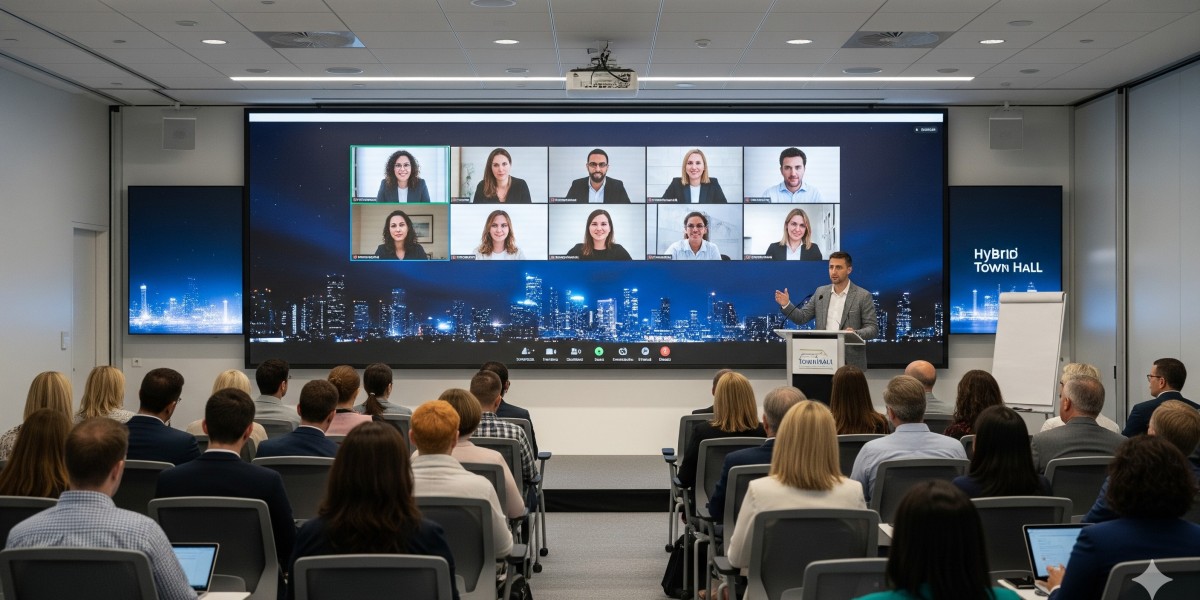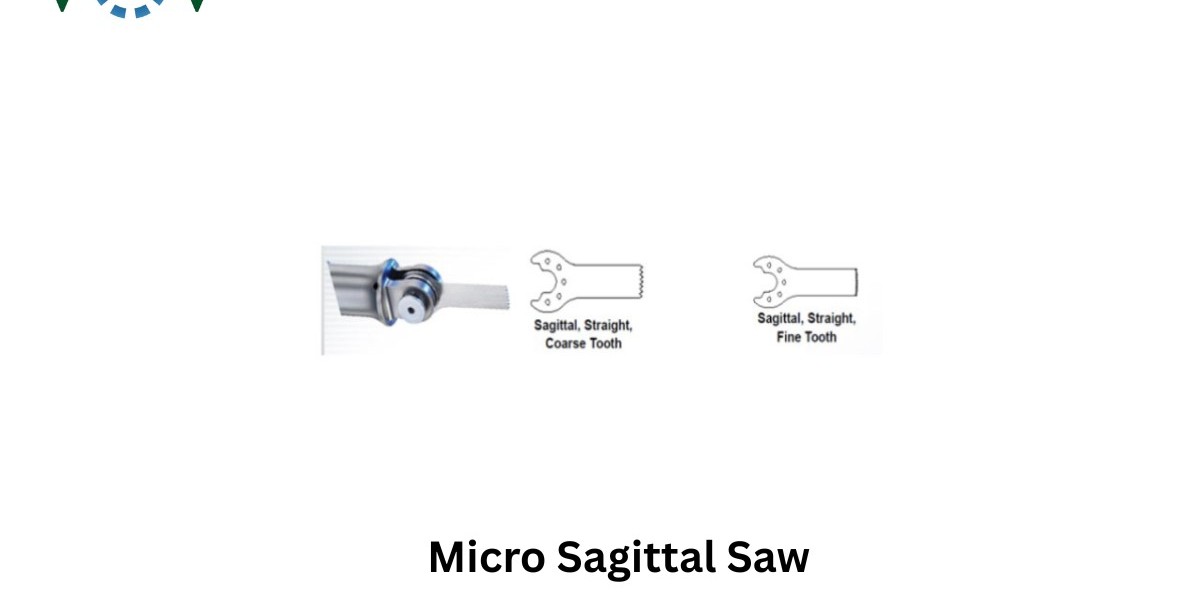In today's ever-evolving workplace, the traditional town hall meeting has undergone a dramatic transformation.
With teams scattered across different locations, the hybrid town hall meeting has become the new standard.
It's a powerful way to bring together in-person attendees and a virtual audience, ensuring everyone feels included and connected.
But for event organizers, creating a seamless and engaging hybrid town hall can be a complex task.
It's not just about setting up a camera; it's about blending two distinct experiences into one cohesive event.
To help you master this format, we’ve put together a step-by-step guide on how to host a hybrid town hall that delivers real impact.
A Step-by-Step Guide for Event Organizers
Let’s explore a 6-step guide that directly connects with event professionals and help them plan the best hybrid event.
Step 1: Define Your Goals and Format
Before you book a venue or a virtual platform, you need to be crystal clear about your objectives.
What is the purpose of your town hall? Is it for a major company announcement, an open Q&A with leadership, or a celebration of a recent milestone? Your goal will dictate the tone and technical requirements of your event.
Choose Your Hybrid Model: Not all hybrid town halls are created equal. Will you have a small, static in-person group with a large virtual audience? Or will it be a larger hybrid town event with multiple interactive hubs? Define this early to guide your technology and logistics.
Once you've settled on your goals, you can start building your blueprint.
Step 2: The Right Technology is Non-Negotiable
This is the most critical component of a successful hybrid town hall meeting. The technology you choose will either make or break the experience.
For the In-Person Side: You'll need high-quality audio-visual equipment. This includes professional microphones to capture speaker voices clearly, as well as a great camera setup to stream the event to your virtual audience. Remember to consider lighting to ensure presenters are clearly visible. A reliable internet connection is also essential for a smooth broadcast.
For the Virtual Side: Your virtual platform needs to do more than just stream video. It should be easy for attendees to join, and it must offer robust interactive features. Look for a platform with a built-in Q&A function, live polling, and a chat box. This is how your virtual audience will participate.
The Bridge: The most important technology is the one that connects the two groups. You need a system that allows both in-person and virtual attendees to ask questions and see responses from all participants. This is where a dedicated hybrid event solution provider like Dreamcast can be a game-changer. They offer a seamless platform and the expertise to ensure your streams are flawless and the interaction is two-way.
Step 3: Plan for Two Distinct Audiences
An effective hybrid town hall recognizes that in-person and virtual audiences have different needs and experiences.
Engage Your Virtual Audience: It's easy for virtual attendees to feel like passive viewers. To combat this, assign a dedicated moderator to the virtual chat. This person's job is to read and curate questions from the online audience and feed them to the main presenters. Use live polls and Q&A sessions to actively involve them. You might even consider a "virtual front row" where key attendees' video feeds are displayed on a screen for presenters to see.
Enhance the In-Person Experience: Make sure the in-person audience can see the questions and comments coming from the virtual side. This could be done on a large screen displaying the live chat feed or poll results. This makes the hybrid town hall meeting feel like one unified event, not two separate ones.
Content Considerations: Your content must work for both groups. Use high-resolution slides with minimal text. Don’t rely on physical props or whiteboards that a virtual audience can’t see clearly.
Step 4: The Role of a Hybrid Event Solution Provider
While you can try to piece together the technology yourself, partnering with a professional service is often the best investment you can make. A provider like Dreamcast specializes in the complexities of the hybrid town hall.
Expertise and Flawless Execution: They have the technical know-how to handle live streaming, audio mixing, and video production. This means you don’t have to worry about a choppy stream or an echo. They ensure your hybrid town hall looks and sounds professional.
Integrated Platform: Instead of managing multiple tools, a provider like Dreamcast offers a single, integrated platform. This makes event data management easier and provides a streamlined experience for your attendees, from registration to post-event engagement.
Technical Support: What if something goes wrong? A professional provider offers on-site and virtual support. They’ll troubleshoot issues in real-time so your event runs without a hitch. This is especially important when you host a hybrid town hall for a large and diverse audience.
Step 5: Master the Moderation and Q&A
The Q&A segment is often the most important part of a town hall, and it’s where the hybrid format can get tricky.
Choose a Dynamic Moderator: Your moderator is the link between presenters and the audience. They need to be skilled at managing questions from both in-person and virtual attendees, ensuring a smooth and fair process.
Set Clear Rules: Announce your Q&A guidelines at the start. For the virtual audience, explain how to submit questions (e.g., via the Q&A box, not the public chat). For the in-person crowd, explain how they can approach the microphone.
Integrate Questions Seamlessly: Use your virtual platform to have a moderator filter and queue up questions. This prevents duplicates and ensures the most important questions are addressed first. The moderator can then verbally introduce questions from the virtual audience to the presenters, making the transition seamless.
Step 6: Post-Event Follow-Up is Key
The success of your hybrid town hall doesn’t end when the meeting concludes.
Share the Recording: Make the recording of the meeting available to all attendees, especially those who couldn't make it live.
Survey Your Audience: Send a quick survey to both in-person and virtual attendees. Ask them about their experience, what they liked, and what they’d like to see in the future. This feedback is invaluable for planning your next hybrid townhall meeting.
Analyze Your Data: Review the engagement data from your virtual platform. Which polls were most popular? What questions were asked most frequently? This event data analytics helps you understand what truly resonated with your audience.
Conclusion: Embracing the Hybrid Town Hall
The hybrid town hall is more than just a passing trend; it's a strategic tool for modern organizations to foster transparency and inclusion. By carefully planning your technology, prioritizing both your in-person and virtual audiences, and considering a partnership with a provider like Dreamcast, you can host a hybrid town hall that not only gets your message across but also strengthens the bonds within your hybrid town and leaves a lasting positive impression.







